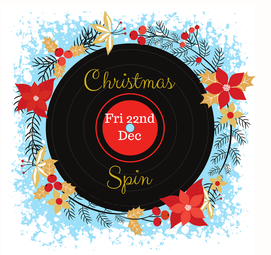 Well, its nearly that time of year again and to celebrate another year we are holding a Hifi Hangar Christmas soiree., It will be starting from around midday and going into the evening to merge with our 'Spin What Ya Bring' listening night. During the day we will have minced pies and drinks and in the evening from 6.30pm onwards we will set up a vintage hifi system in one of our listening rooms. All our customers are welcome to come along and bring music to play during the evening. There is a bit of a challenge that if you bring along any Christmas songs it should be something alternative that we would not normally have heard on Christmas. So get your thinking caps on and start searching the archives for any interesting Christmas covers by unlikely artists or lesser known Christmas songs from other countries. So please no Mariah Carry or Cliff Richard! Hope to see you here Steve, Sarah & Bob
0 Comments
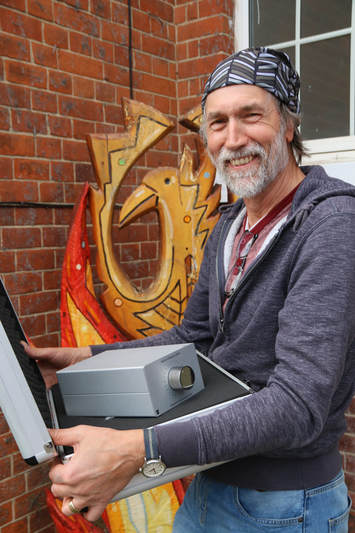 Music First Audio showed an amazing act of generosity at this years Three counties Record Fair, when they donated one of their stunning £1600 Preamps for a charity auction, to support the work of Bordon's Pheonix Theatre and Arts Centre (Charity No. 1166858) We also had some great support from some of our regulars, including Ben Ronbough, and Ted Gomm. Ted gave 3 days of his time, setting up, helping on the day, and also spending Monday with us packing down tables taking them back to the hire shop.... So, when the draw was made for the Pre on Sunday afternoon, and it was Ted who had the winning ticket, it couldn't have turned out better!!!.. Karma indeed... We had a call from a company in Dubai, who specialise in club and bar re-fits. They had an idea of building two giant speaker walls, for a sports bar/ restaurant called Lock Stock & Barrel. We were asked if could provide 300 speakers for the project, and naturally, we agreed...by that afternoon we had filled an entire pallet, which impressed the company, and so the challenge was set. Check out some of the final shots below... i'm sure you'll agree.. it's awesome!! We think that the final result of the speaker walls in Lock, Stock and Barrel are really effective and looks the part. It is nice to think that there is a place to see retro hifi out in Dubai! Further info about the venue :- https://www.facebook.com/LockStockDubai/ https://urbanologie.com/article/3426-lock-stock-and-barrel Yesterday, i had a call from a guy, who has a pair of the LS3/5 (WITHOUT THE A).
There were only around 20 pairs ever made and were used to show case the product to potential licence holders, and i am not sure how many pairs survived, but this pair are in incredible condition and i believe that the pictures have only been shared with myself and Paul Whatton... So this is a world exclusive!!! Here is his story.... "My grandfather worked for BBC research team to Kingswood Warren -. He was a research scientist at the BBC for several decades having started his career at PYE in Cambridge after the war. He had a number of Patents to his name and was part of the team that first delivered live TV pictures across the channel in 1950 - he was also part of the pan-European team that decided on PAL as the defacto colour TV protocol. He left the BBC and moved up north to be a lecturer in Electrical Engineering at UMIST in Manchester. He sadly died 15 years ago and I was very close to him. He was always an earlier adopter of tech with the first Phillips CD Player, Nicam Surround sound Amp (together with a pair of the Rogers repros) for his TV/VCR set up and an early Motorola Mobile in the 80s - I am sad he never saw the internet age as he would have been all over it I’m sure! I loved listening to these speakers in his study where he would often pretend to conduct his favourite Halle Ochestra CDs after a few glasses of wine! " SO HERE THEY ARE.... Here is a detailed video by our friends Jonathan Ives who has a thing for Nad 5120 turntables, we gave Jonathan this turntable as it had a noise motor. In this video he shows you how to completely strip and clean the motor step by step. . You can find more videos like this on his youtube channel. Thanks for letting us share Jonathan We get plenty of unusual record decks in, here are 4 that you may not know even exist...
Well, anyone who knows me and the shop, will know i have a love affair with vintage JPW speakers, specially the P1, AP2 and AP3. It's just the way they sound, their sheer speed and openness and most importantly their effortless ability of making music sound like music and not hifi. The important and relevant point here, is that they are not an exotic speaker, far from it, they can be picked up for a tenner, if the foam surrounds need replacing... in the right system and the correct room acoustic, they can sound truly 'High-End', capable of embarrassing speakers that cost many thousands of pounds. So, this blog is going to have a look at other similar designs of the 70's and 80's that also have a bit of magic about them, another fave of mine is the AR range, most notably the 8 and the 18 but also including the 4Xa and the 7. As you might know, the designer of the early AR's founded KLH, which produced many fine designs, but for the purpose of this piece, we will pick the 317. So, in a nutshell we are focusing on speakers that share the following features: 1) 2 way ported or sealed 2) 8" paper cone bookshelf/standmount speakers 3) Wide front baffle (wider than they are deep) 4) Foam surrounds 5) Simple cross-overs Any one or combination of theses features could explain why this form of simple design works so well. It's not going to be a technical piece (apart from Richard Verney's bit) as I am by no stretch of the imagination, a Techy! It's Just a real world look at how these simple 'old school' designs may be just what you after if low to mid level listening in a smallish room is your chosen path.* *(It should be noted, that these are small speakers and are not designed for Parties or for high-level listening, they excel in fluid midrange, imaging and focus, being at home with vocal and acoustic music) Other notable candidates are the Heybrook HB1, Mission 700 MK.1 and of course, the wonderful smaller Peter Snell design, such as the K an the J. All of these speakers have quite high Sensitivity and use large paper cones and quite low budget tweeters, paper ones in the ARs and 19mm vifa soft domes in the Snells, Mission 700 and JPWs (1 inch in the HB1) so there seems to be a blueprint here, probably back to the earlier Acoustic Suspension designs from AR, such as the 7, 4 and 3 (thought the AR3 is quite large and 3-way and not really in the same group) I guess they just worked, and other companies (mainly from the UK) mainly ran with that ethos, thus shaping the look of budget to mid priced British designs of the late 70's and 80's. In the 70's and 80's, when most of these speakers were marketed, transistor amps were almost the only option, as valves were considered old fashioned and coloured by the 'Flat Earthers', mainly because the valve amps that were being used up to that point were mainly ancient Quads, Leaks and Radfords, that to be honest, needed a good service.... and it wasn't until the mid to late 80's with the resurgence of valve amplification from tube amp designers and enthusiasts, such as Tim De Paravicini, Peter Quortrop, Eric Anderson, Dave Chesil, Guy Seargent and others, that people started using these high efficient bookshelf designs with the then newly available valve amps. The new amplifiers were still mainly based on the old trusted Mallard, Williamson and other designs, but were of course made with new components and valves and were not tired out and 30 years old! noted valve amp brands of that period were, Audio Innovations, Audio Note, EAR, Edison & the Velleman Kits. So, the combination of the 2-way paper coned bookshelfs and the new wave of valve amps, just seemed to work, and continues to work today, even though these speakers were alsost certainly designed for budget Transistor amps, such as the NAD 3020, Creek 4040, Cyrus, Obelisk and Rotel... and with Valve amps being very popular today, with affordable designs being made available by companies such as Icon Audio, Puresound, Howes acoustics, and various companies offering kits for home building, valves are back with a vengence and these classic speakers can be picked up for pocket money, so now's the time to have play and discover the joy of bargain basement speakers that will open your eyes as well as your ears!! I have feeling that if I cover the specs and merits of the speakers mentioned, this blog will go on for pages, so instead, I urge you to pick up one of these design, probably for next to nothing from a famous on-line auction site or from a event such as the Audio Jumble and have a listen for yourself. Next time I have a 5 minutes, I may do a bit on say, the JPWs or there ARs, but for now, i'll let good friend and audio engineer Richard Verney tell you about his pair of KLH 317 speakers he picked up from me for a mere £70, they even had their original boxes!! All i had to do was fit a set of new 10" foams and they were ready.. The KLH 317 speakers revisited by Richard Verney (pt1)The KLH 317 are a decent sized stand mount speaker with an 8 inch paper cone bass driver, and approximately 2 inch mid/tweeter. The crossover is a fairly simple design, of the type where the two drive units are in series, and bypassed by L and C for tweeter and bass respectively. The crossover response is something like this:- The construction of the speakers is shall we say, ‘budget’, however, the performance is startlingly good. One can guess if this is because they perhaps use low distortion alnico magnets, the paper cones, or the choice of a low crossover frequency with a larger than average tweeter. Whatever the exact magic is, they offer transient response, and ‘speed’ better than most modern plastic coned, ceramic magnet, small dome tweeter designs. Once you get over the idea that such tatty old speakers actually sound this good, it becomes worthwhile to tweak away weaknesses. For the KLH, I upgraded the crossovers with Mundorf Evo Aluminium Oil capacitors from Hifi Collective: http://www.hificollective.co.uk/componentshome.html , replaced the terminals, and also got rid of the insane tie-wrap holding the inductor down, which was preventing the screws clamping the terminal plate to the back of the speaker cabinet properly – it went through one of the screw holes. I braced the cabinets crudely with hot melt glue and some wood offcuts, and put in about twice as much wadding inside the cabinets as previously. Dedsheet was added to the bass driver metal frame, and around the toilet roll style bass reflex tube. I did try some dedsheet on the cabinets, but feel this adds mass without providing much damping, the net result being a cabinet which just rings longer at a lower frequency than before – the desireablity ( and audibility) I was unsure about – so ended up not doing anything to the cabinet walls apart from the bracing. Next up I want to pad the tweeter down with a bit more resistance – the sound is too bright at the moment, and also do my normal trick ( adopted later by Wilson, and also seen on BBC LS3/5a) of putting some felt on the front baffle around the tweeter to reduce ‘splashyness’. Here are some pictures of the bracing, damping, and extra wadding:
A couple of months ago I was visiting my favourite shop – HiFi Hangar. I needed a headshell and some information for my friends Clive Robinson, CliveUK over on the vinyl engine forum. He’d acquired a beautiful Sansui SR-4040 but it had no headshell or belt. Steve mentioned to me that he happened to have the same deck in the store, as I needed to confirm what size belt it took. These decks date from the late 60's and are early examples of the age of Japanese belt drives of which models such as the Pioneer PL12D are classic examples It wasn’t exactly the same model, in fact one or two marks down, but I immediately fell for the Sansui SR-2020BC that Steve and Sara had in the shop, and Steve offered it to me at a very good price. I do have quite a few decks, but I like a challenge and this one is a beauty. I figured it might also help in assisting Clive with his. Steve also had a spare headshell in his drawer, that was the right type for the 4040. So I went in to get a headshell for a friend and to measure a belt, and I emerged with a headshell and a new deck, and some Shure Cartridge bodies for good measure. Happy day. Steve said that he’d had some issues getting the speed right on the deck, but I’ve done some restoration work on other 70’s decks such as the Pioneer PL12 and reckoned I could sort it out. I do love older styled decks, like the Thorens TD150, The AR XA and the Telefunken S500 and this had much of that styling. The plinth is quite wide and nicely made from veneered ply. The speed selector buttons and cueing lever have an industrial feel. I even like the quartered mat. The deck is like other Japanese belt drive decks but made to a slightly higher finish. The plinth is ply wood, rather than chipboard, the motor is huge. I tried it out at home, at least to check it spun. There was some vibration through the top plate from the motor, and the speed was way off when measured with a strobe disk. Taking a look inside, having removed the mat, platter and headshell and laid the deck in its lid on a soft surface. You can see in the picture a pretty simple tidy deck. Nice plywood plinth, substantial top plate, but what stood out for me was the size and quality of the motor The two clear tubes are independent oil feeds to the motors top and bottom bearing, fed from a cup, which is accessible from beneath the platter. The pipes looked a bit hardened and kinked in a few places. You can also see how the motor sits on three rubber bushes, like many other Japanese designs from this period. These rubber mounts can harden with age causing the motor to sag lower, and have less isolation from the chassis. Possibly this was why the motor was fouling against the cut-out in the baseboard Here you can see the tiny oil cap in white nylon to the left of the spindle. This picture was taken after I removed the speed selector arm adjacent to the motor spindle . Here you can see the size of that motor , the rubber mounts and the oil pipes A pretty solid looking bearing, which actually is in two, parts and has a seam half way up. Removing it showed a captive ball bearing in a recess in the spindle end. A plastic thrust pad sits in the base of the bearing well, possibly Delrin The top plate of the deck is held in place by 4 rubber mounts, which sit in recesses on the plinth and have bolts with washers to keep the top plate captive. The deck had once had security bolts, which clamped the top plate to the plinth for shipping. I set about out a standard service i.e. clean and lubricate the bearing, new oil in the motor and to restore all the rubber mounts (3 motor and 4 from the top deck), and order a new belt. I washed all the rubber parts in warm soapy water, dried then put the mounts in a sandwich bag with a few squirts of Platanclene rubber roller restorer. Sealed the bag and worked the stuff into the rubber mounts inside the bag, the left for an hour. Once complete the rubber pieces are a darker colour and more supple. I reinstated the rubber mounts from the top plinth and from the motor. Some of the structure in the motor mounts was not exactly crumbling but had deteriorated, but the motor seemed to sit fine, and these components are impossible to replace without another donor deck. I fitted it all back together and again tried the motor. This time silent ! then I realised I still had the baseboard removed, and when I replaced it the vibration returned. After some pondering it appeared to me that the motor was fouling against the cut out in the baseboard. Possibly due to collapse in the rubber motor mounts the motor hung lower? Anyway with the base off it was a very quiet deck, motor noise virtually inaudible. I decided to initially try the deck with no baseboard, and fitted some rubber door stops at each corner to provide enough clearance. WARNING The baseboard does provide electrical safety from prying fingers, and there are mains voltages inside, so only do this as a temporary testing measure. The arm on this deck is very simple and rather industrial looking, with a split balance weight, presumably setting the zero point with the outer weight then adjusting the tracking force with the inner weight. One thing I did observe was some play in the vertical bearings. They use the inner grub screw with outer locking screw method, but even with the correct tool I couldn’t budge the outer locking screw so decided to leave these, worried I might sheer the screws completely. If anyone is expert in adjusting vertical arm bearings of this kind , I'd be very interested to hear from you.
While this work was ongoing I’d ordered a replacement belt, which duly arrived. However like the old belt, the new one ran slow, even after cleaning and replacing the lubrication in the main bearing and a few drops in the motor cap. The belt it came with was 580mm circumference and the replacement 600mm I had a few old belts and though worth a try, and found a thinner and smaller circumference (546mm) belt marked Thorens. This belt sorted out the speed problem. There was still some very gradual drift i.e. slowing, but it was pretty good, whereas with the apparently correct belts the speed was very slow? I could hear a soft scraping if I listened closely with the mat off, and decided that the speed selector arm was rubbing the edge of the belt. After some deliberation, I decided to remove the selector arm as a) I don’t often play 45, and b) I could manually move the belt up the spindle. My reasoning was that I couldn’t seem to adjust either the arm or the spindle on the motor to entirely stop the arm rubbing the belt. I kept the arm and it could be refitted though it was a pig to get off. It silenced the scraping but the slight speed drift was unchanged, I initially fitted an M75 cartridge in a headshell and tried the deck. Sounded pretty good straight off, very direct driven sound, perhaps not as spacious sounding as my Pioneer, but certainly sounded good. Clive suggested that the arm is not as heavy as it's Industrial looks suggest, and is actually at the lighter end of the spectrum, thus better suiting a higher compliance cartridge. I dug out an old Ortofon OM20 I had, fitted it in the original cartridge and it started to sing. I would like to get those vertical bearings tighter as there is a degree of slop there, but otherwise it’s a pretty nice sounding deck, and it certainly looks the part. 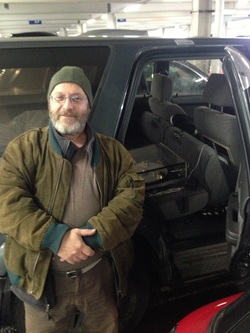 Tobias, the new proud owner Tobias, the new proud owner It was a cloudy Wednesday when I met Tobias at Southampton airport. During our previous conversation on the telephone Tobias said "you won't be able to miss me, I will be dressed in green, like a Leprechaun!" Well, i thought, this is going to be an interesting day. To say that Tobias is into Transcriptors turntables is an understatement, he knows everything there is to know about them and has a passion for them which comes across as soon as you talk to him. Equipped with his made to measure box in a bag to enable him to take it back on the plane to Amsterdam as hand luggage. He proceeded to dismantle the transcriptors prototype on the table of the Airport coffee shop..... much to the wonder of the nearby coffee drinkers and shop staff. Tobias represents the Transcriptors.NL website, and Amsterdam Transcriptors museum. He also makes speakers c all the 'Asses'.. check the link!! http://www.transcriptors.nl/
The Turntable was identified as one of the first David Gammon Prototype versions, it has three weights, painted wooden plinth, instead of perspex and two brushes, as they hadn't decided where to put the brush!!.. a true, working prototype of probably the most iconic turntable in the world.... We are so happy, that such an enthusiastic collector purchased it from us, and it can be seen in their collection. Click here to see his own write up of the meeting http://www.transcriptors.nl/archief-nl/23-het-oppikken-van-de-pick-up |
Author - Steve Ansell" This page, is to share what we feel may be of some interest to our fellow hifi junkies, It will cover articles and restoration projects from both us and our friends, please feel free to contact us, if you would like to contribute to this page.." Categories
All
Archives
April 2024
|


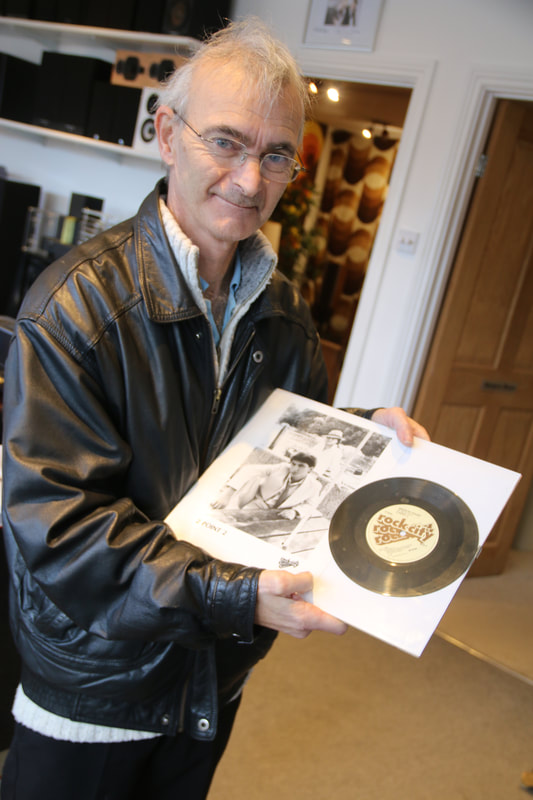
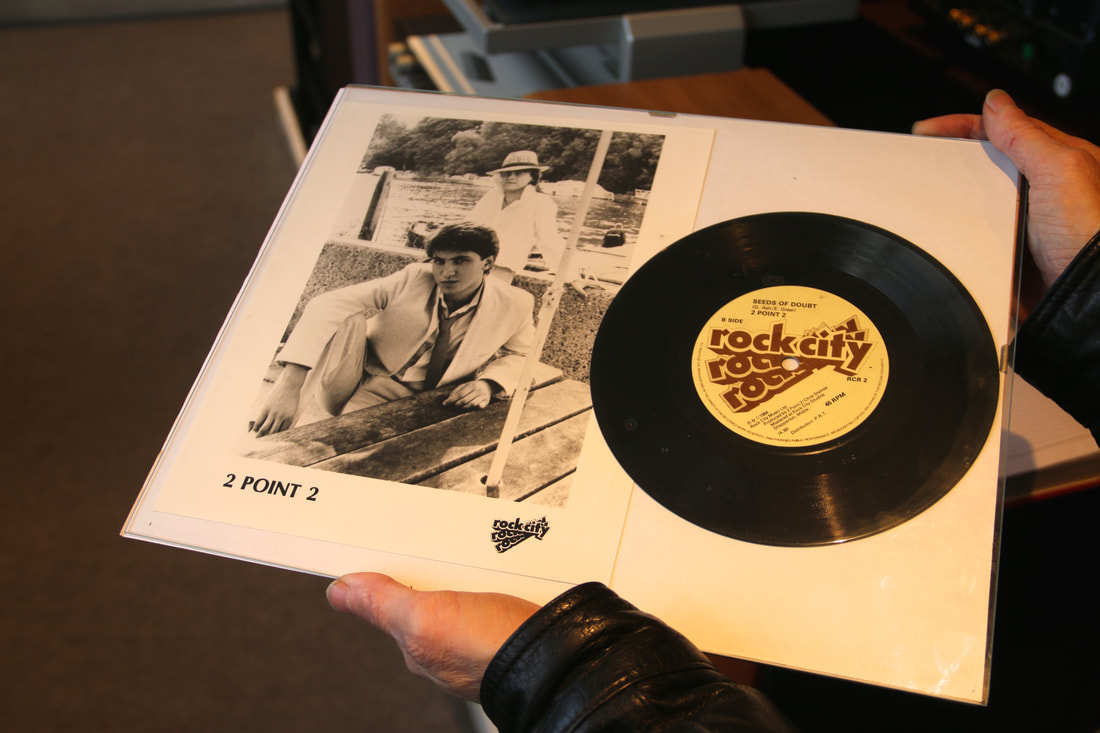
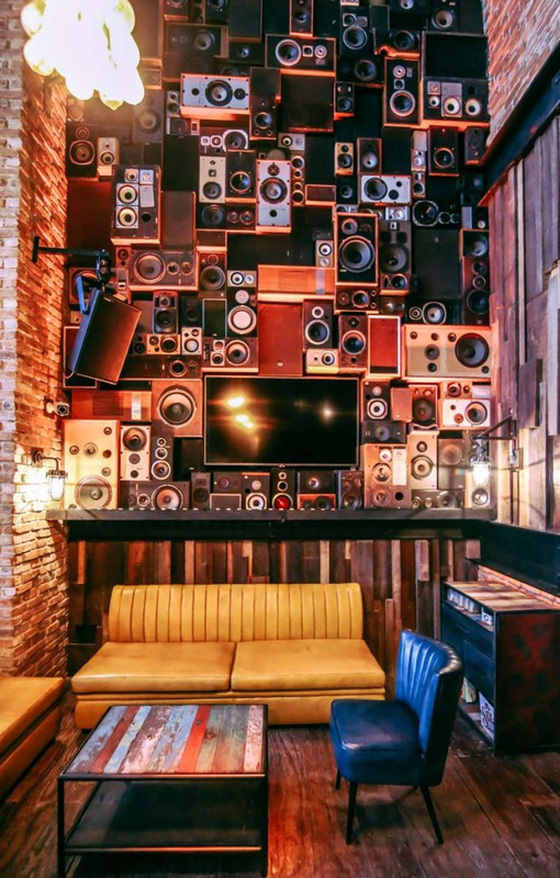
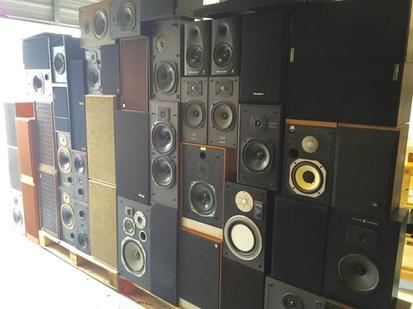
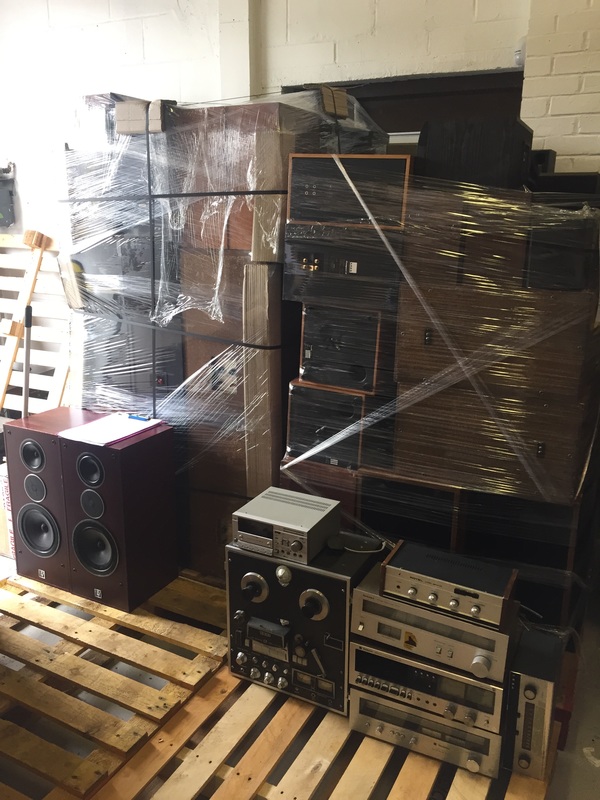
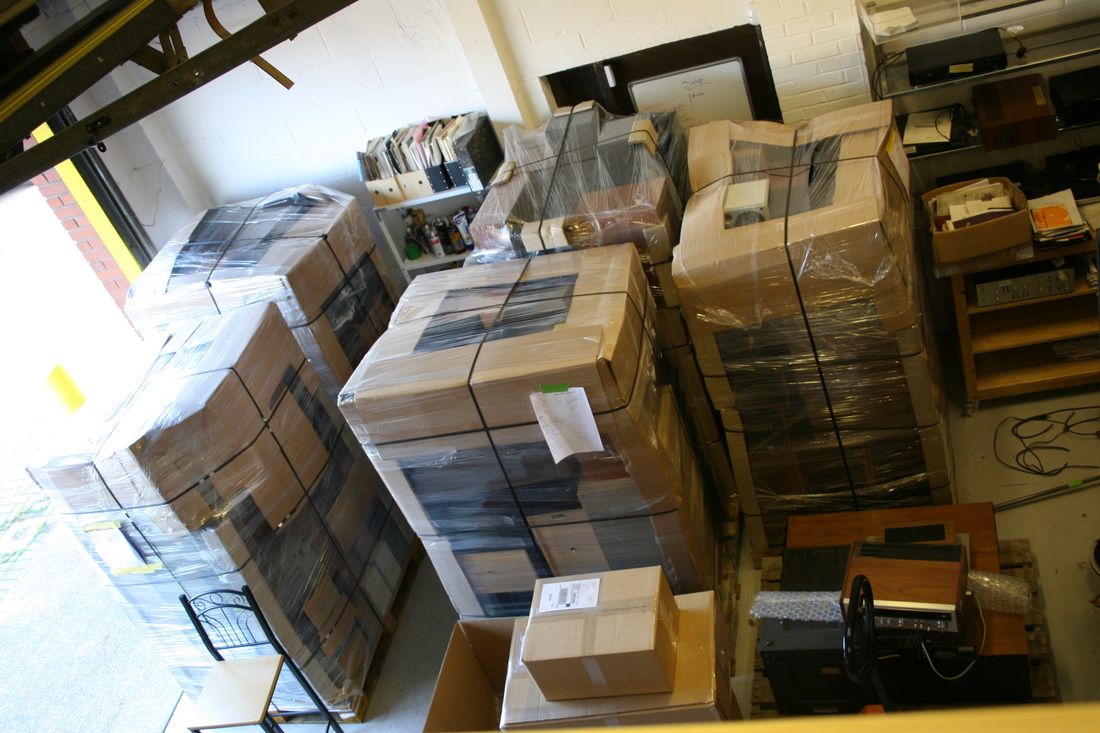
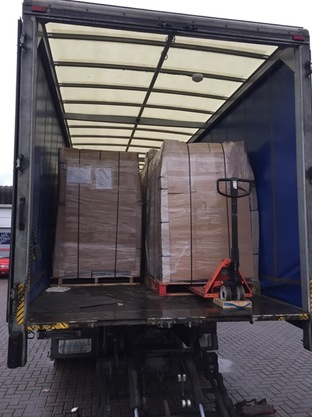


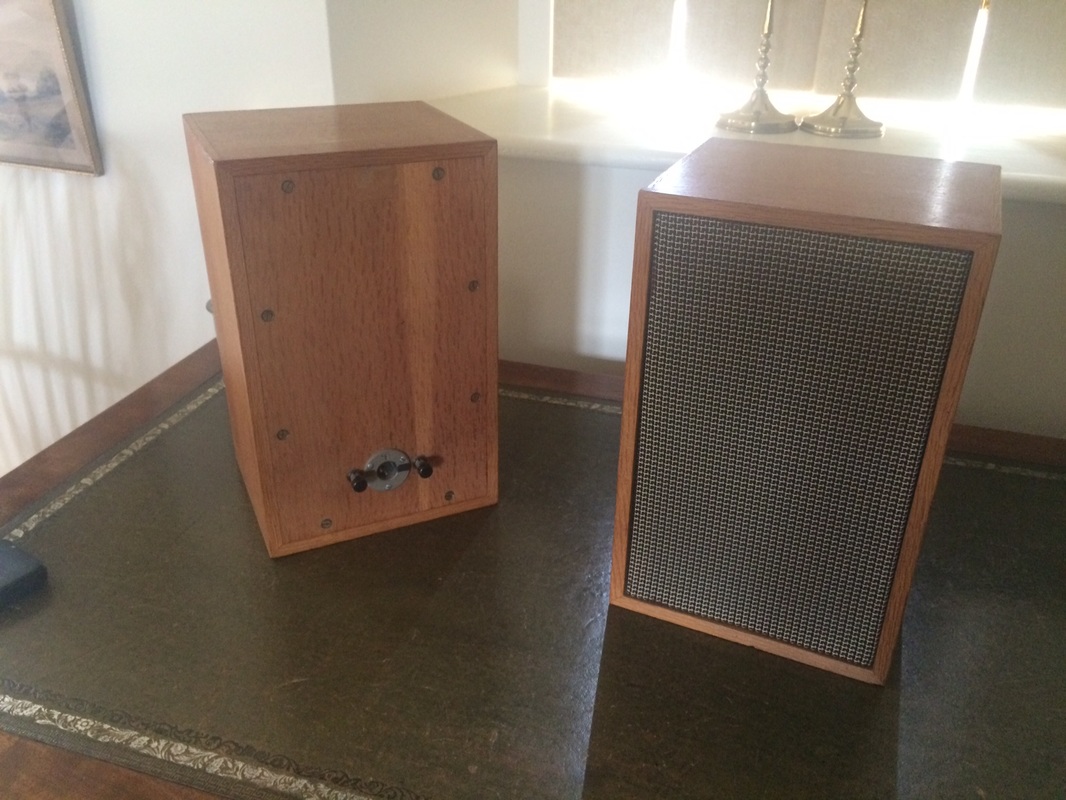
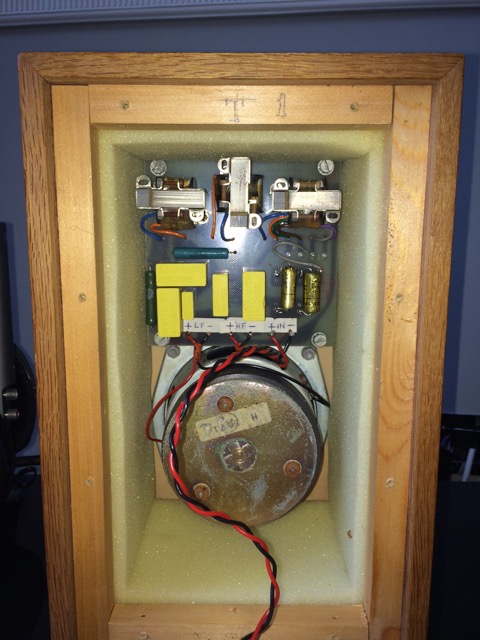
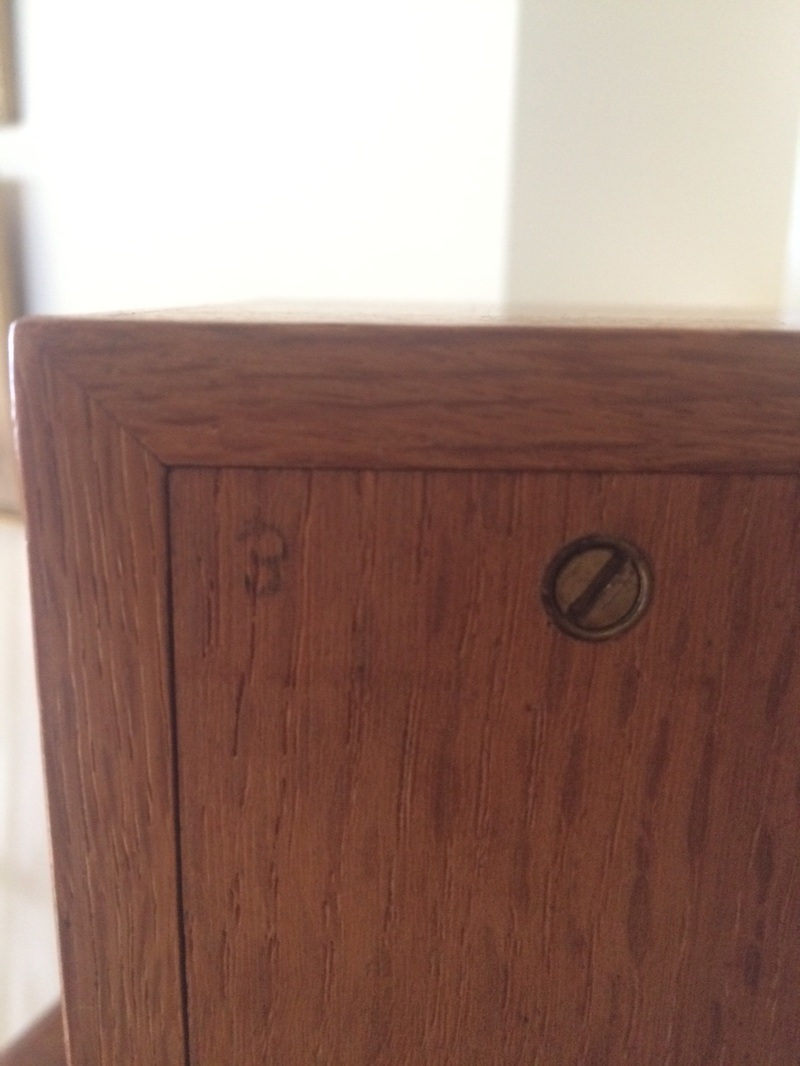

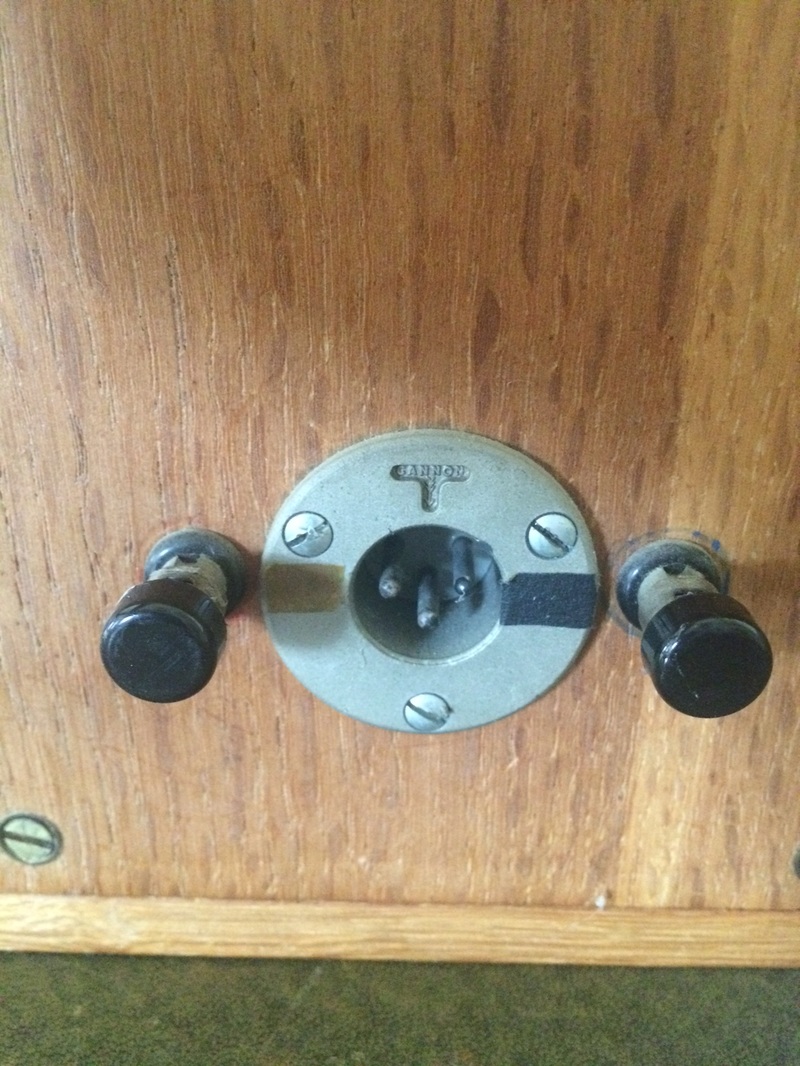
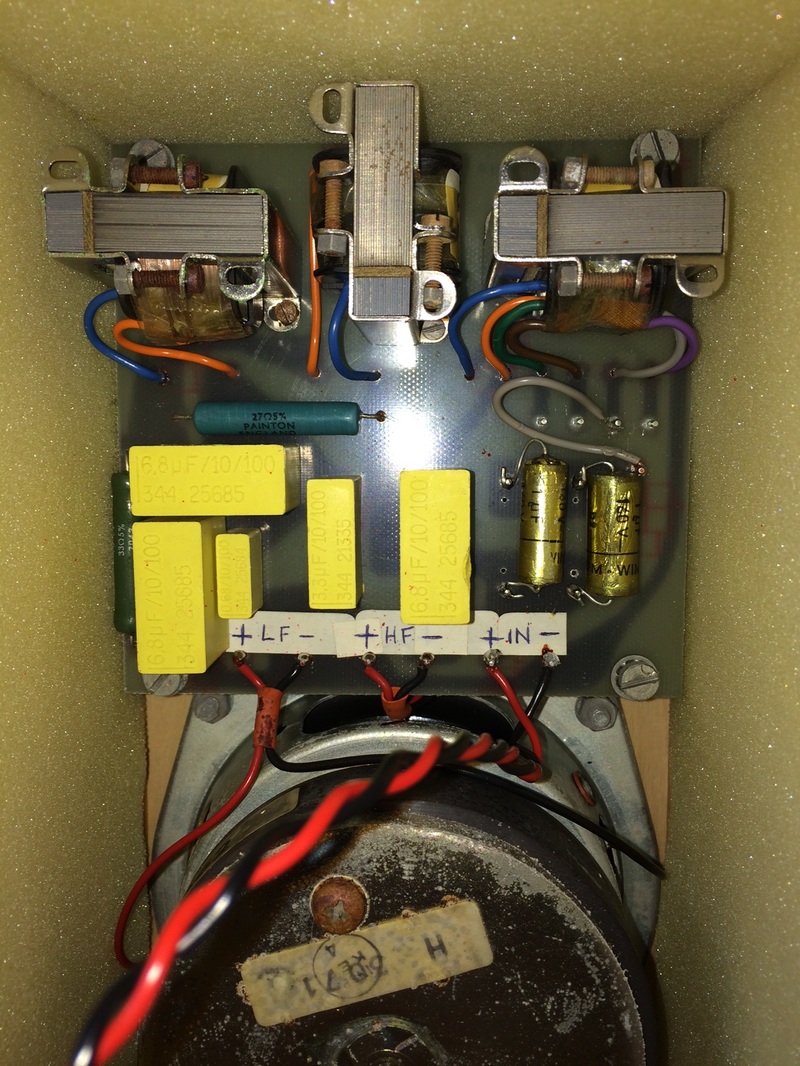
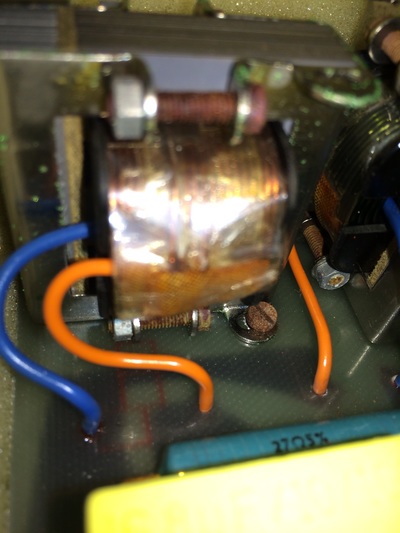
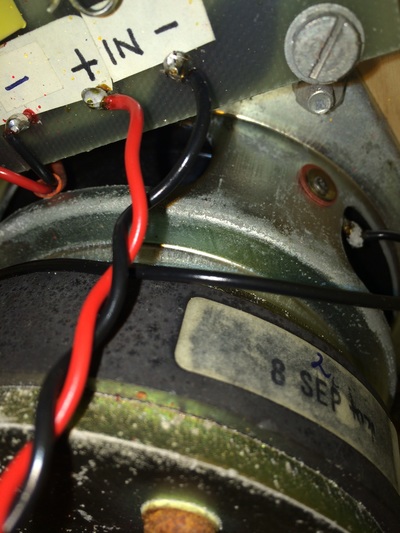
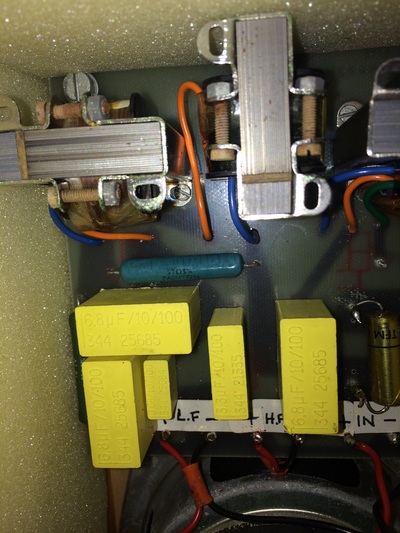
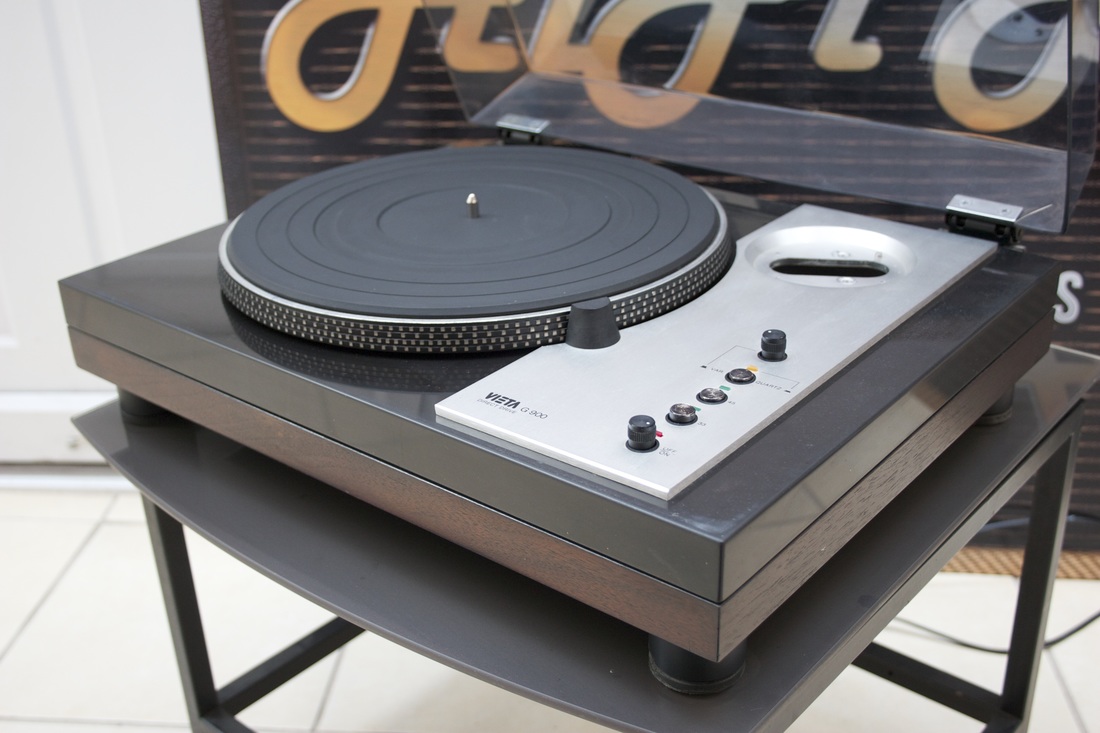
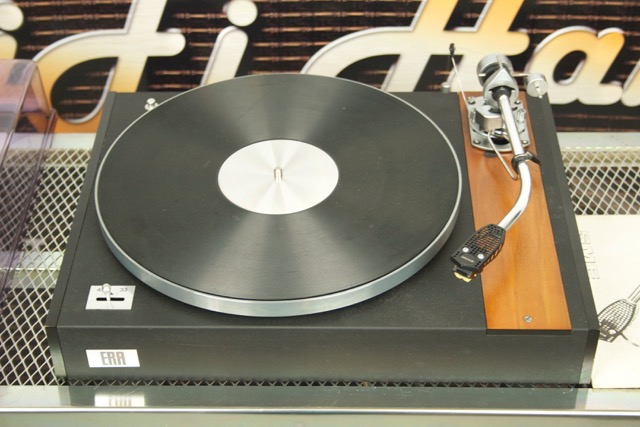
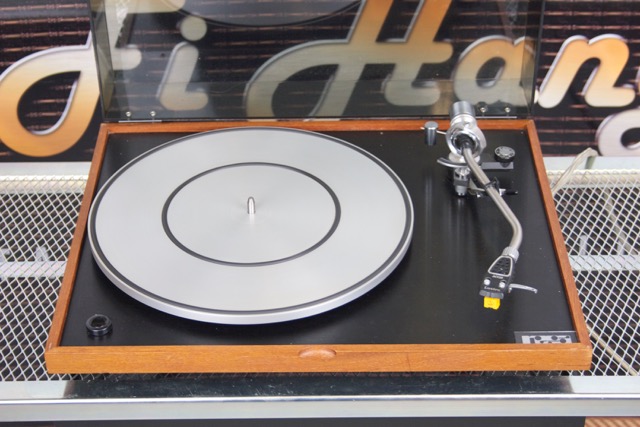
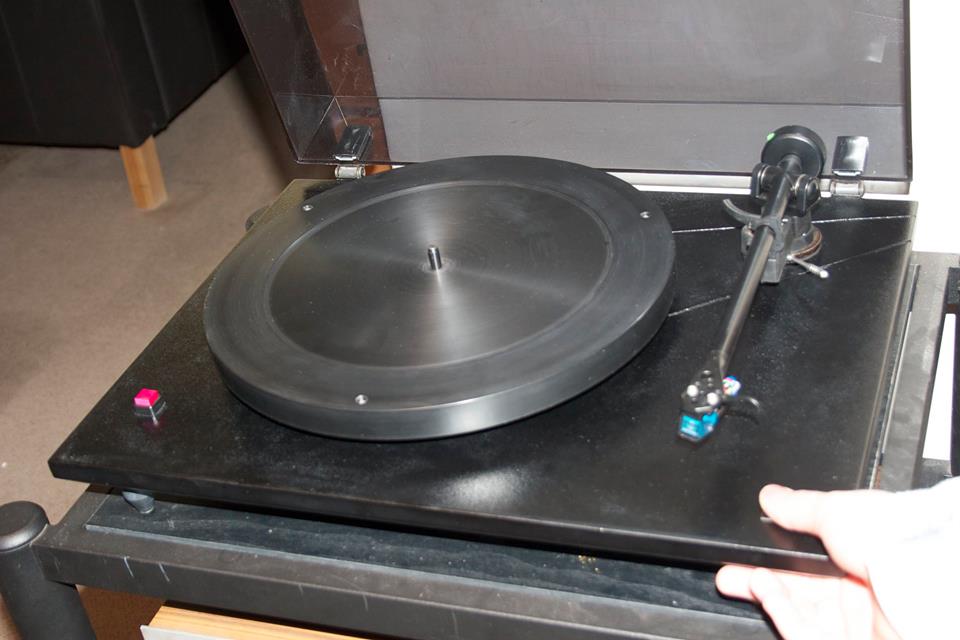
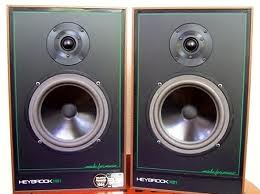
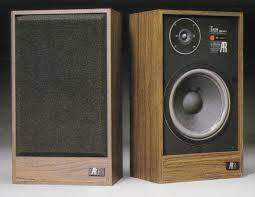
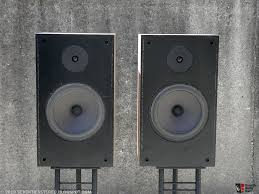
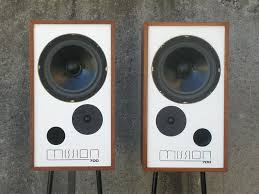
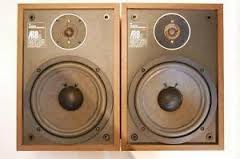
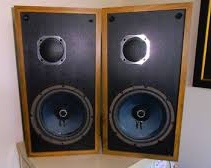
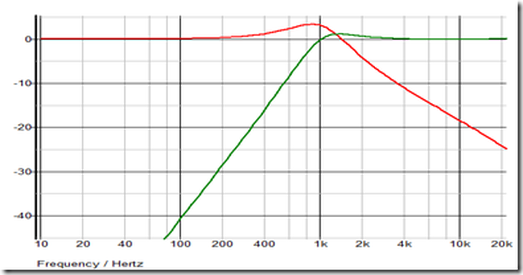
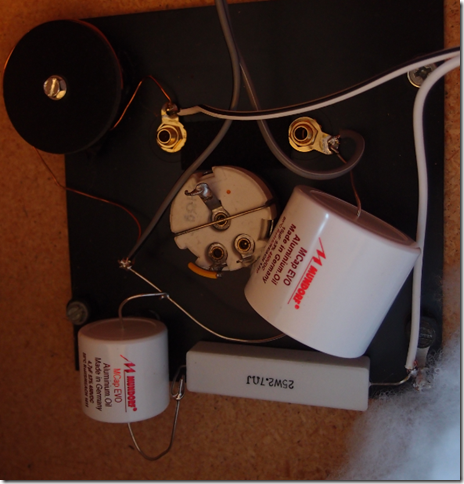
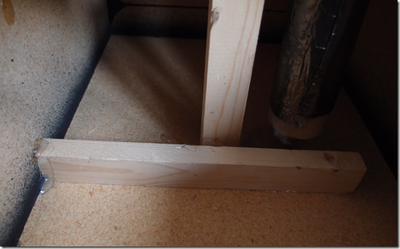
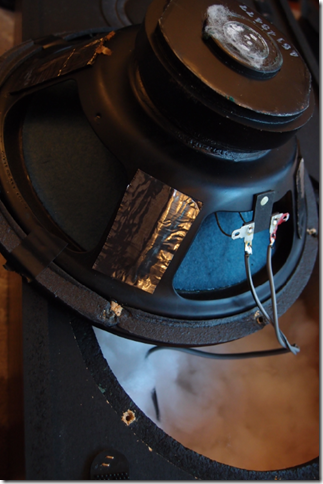
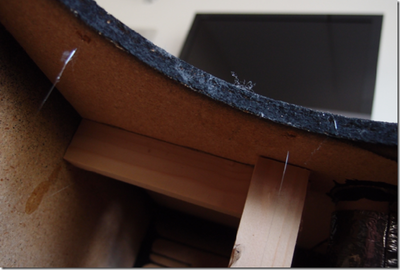
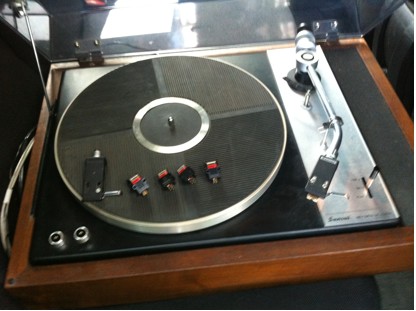

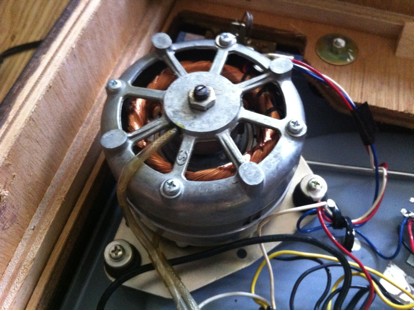
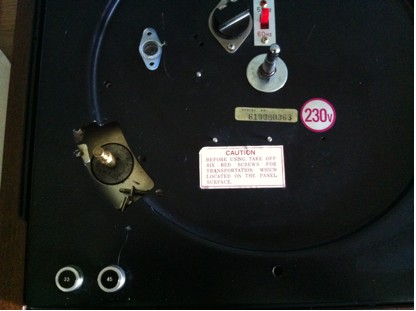
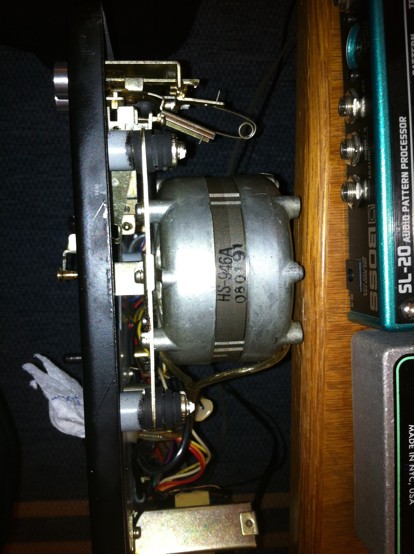
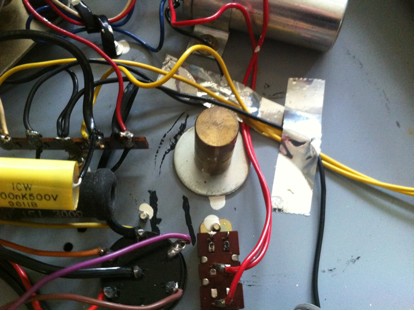
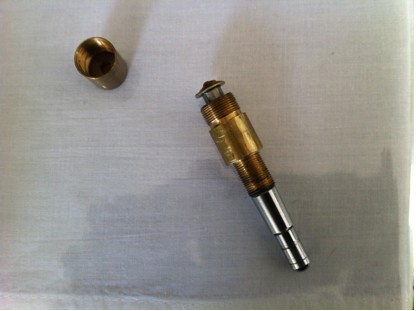
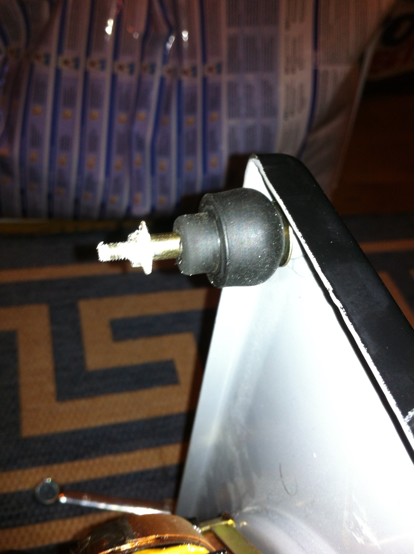
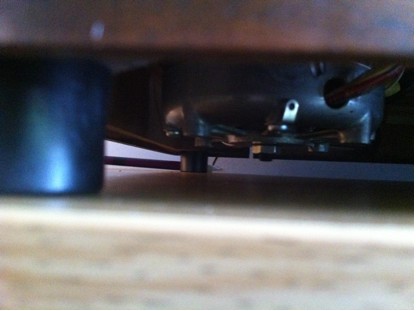

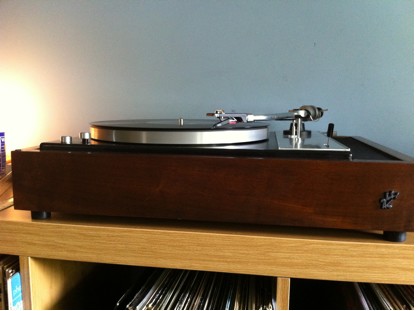
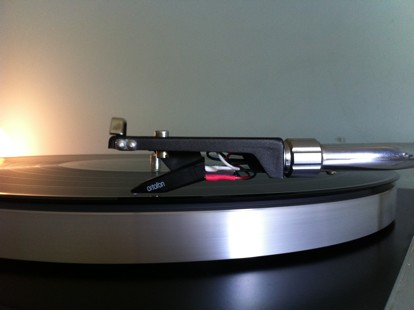
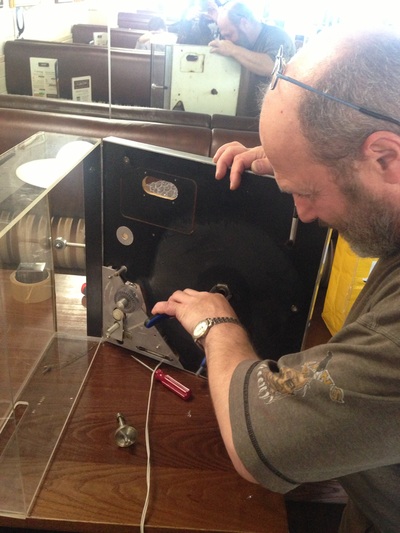
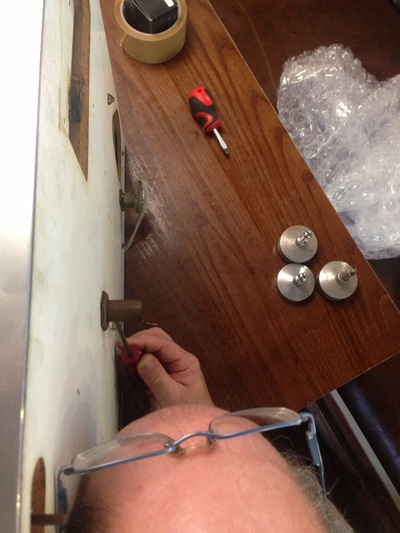
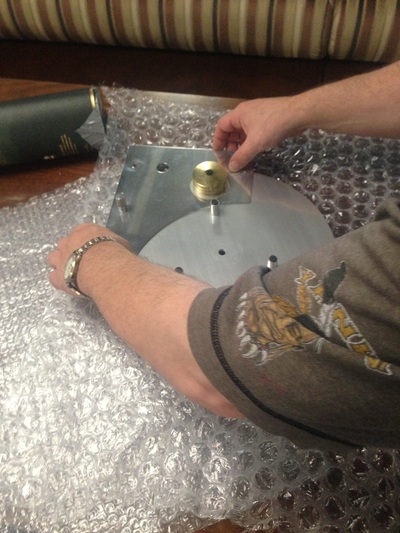
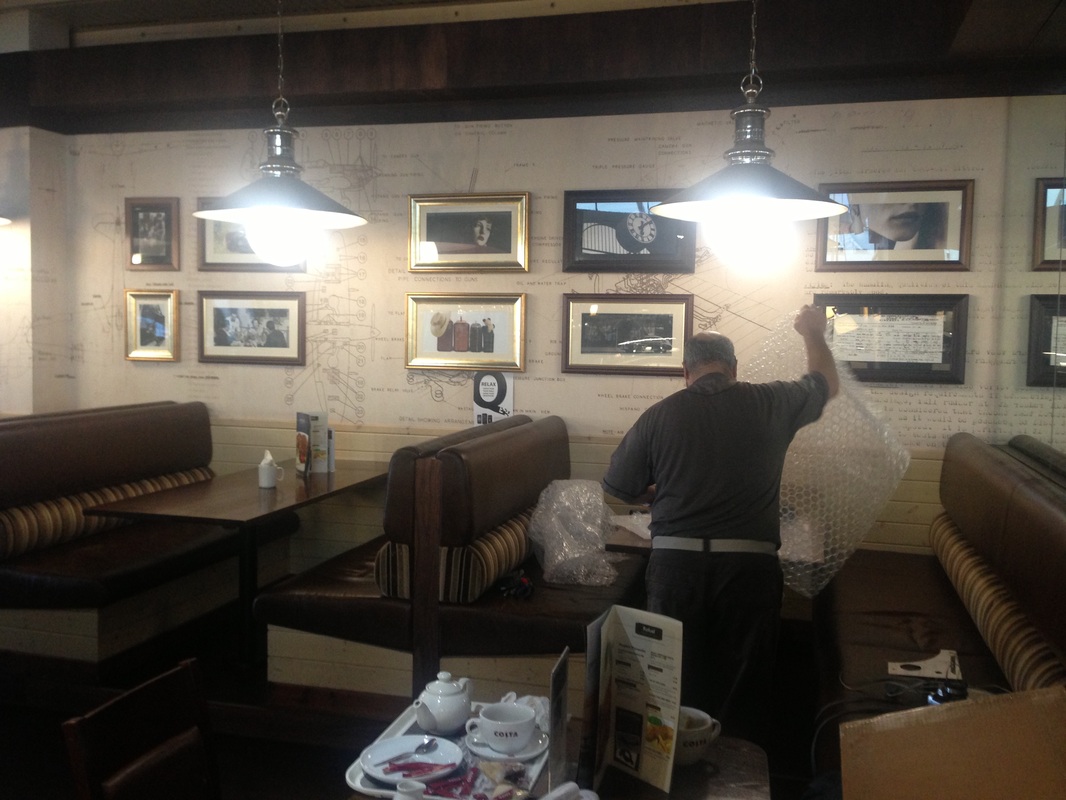
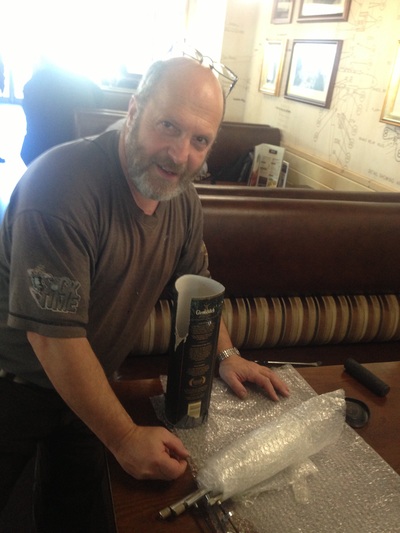
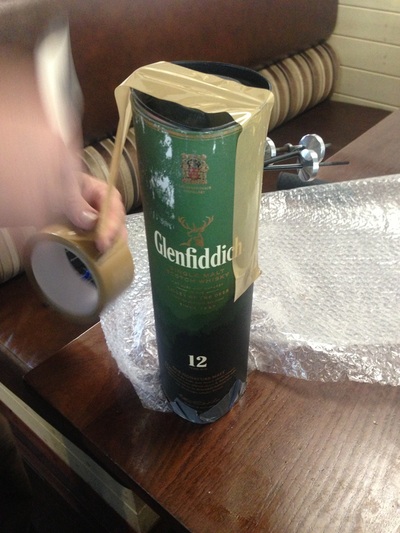
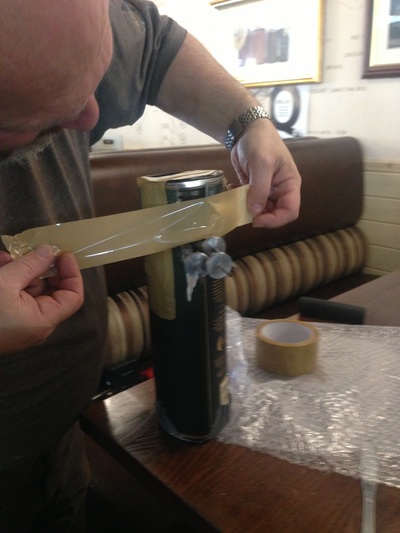
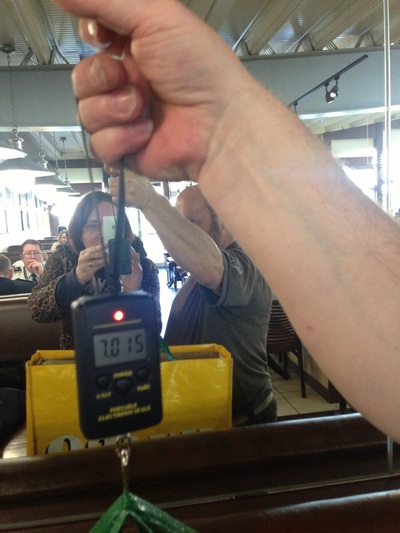
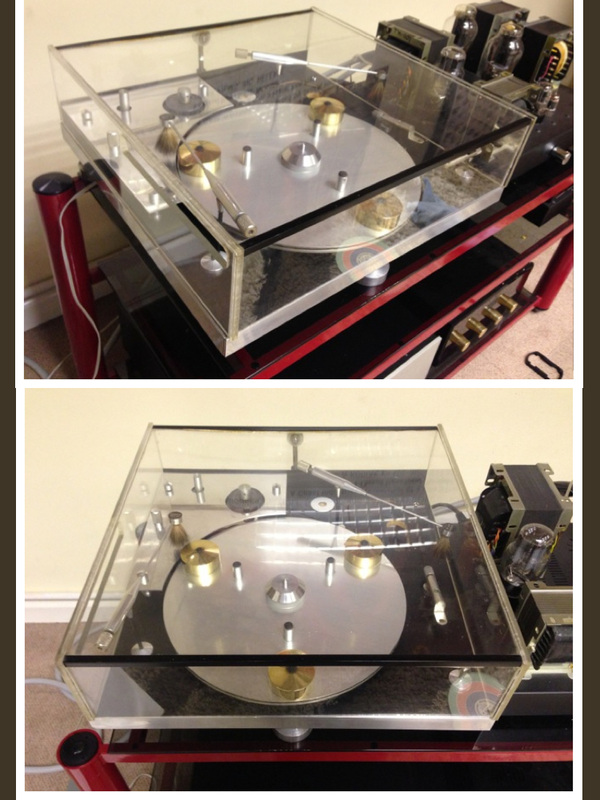
 RSS Feed
RSS Feed